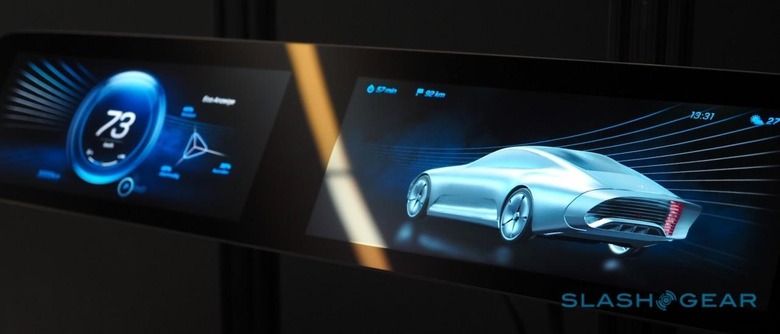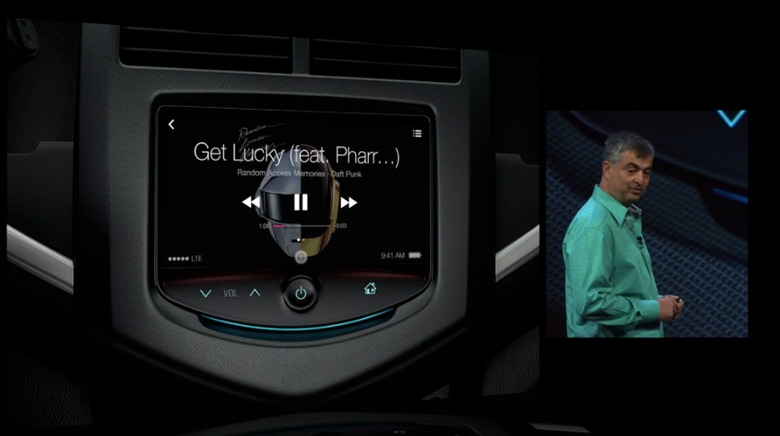How long do you expect your car's tech features to work?
Technology is a funny thing. So much of how we perceive the functionality of the devices we use every day depends on the context in which they inhabit our lives. No one really expects their mobile phone to still be capable of running the latest apps, operating system, or tapping into the highest possible network speeds after three years of ownership, but you'd be extremely upset if your refrigerator was no longer able to keep food cool after sitting for five or even ten years in your kitchen. The pace of development for each of these devices – not to mention the features they're expected to offer – is wildly disparate, and we're programmed to accept their different lifespans even if in some cases they feature similar price tags.
Whither, then, the automobile? How long do you expect the technology in your car to keep working past the point of initial purpose? I'm not necessarily talking about the meat and potatoes of any car or truck – the drivetrain, suspension, and chassis – but rather the increasingly complex infotainment, connectivity, and yes, even the safety features that are built into modern vehicles.
It's not a trivial question. The average age of any car or truck currently on the road hovers right around the decade mark, which means that there are plenty of new and old vehicles cruising the highways and streets as you read this. Currently, the industry finds itself in a frenzy to add increasing levels of telematics, infotainment, and connectivity features to automobiles at almost every price point, but if we were to flash forward ten years from now, how much of today's gear would owners expect to still be usable – and what features, exactly, would drive owners crazy if it were to no longer be in service?
There aren't many past examples to draw from. The only telematics service of note to boast a long-term track record is OnStar from General Motors, which has been in existence since the late 1990s. By the time the transition from analog cellular networks to digital occurred in 2008 (the FCC deadline for requiring providers to support analog), OnStar had already offered a high percentage of existing vehicle owners an affordable upgrade path (either free digital equipment with a single-year subscription, or a $200 equipment-only purchase). The catch? If the car was older than the 2003 model year, there was nothing that could be done, leaving some GM drivers disgruntled and at least a few trying to (unsuccessfully) launch a class-action suit against the company.

Today, the playing field is much more diverse. Almost every automaker offers some type of telematics functionality, whether it's hands-free call routing, remote vehicle unlocking, locking, and starting, or constant contact between dealer service bays and vehicle diagnostic systems. Throw onto the pile a host of proprietary infotainment systems meant to connect with mobile phones and other devices over USB or Bluetooth, and use their Internet connections to stream content and access brand-specific features – not to mention complex driver's aides such as radar-assisted cruise control and even self-steering, semi-autonomous technologies – and it becomes clear that we're looking at more than a simple analog adaptor to keep everything running smoothly through a decade's worth of tech upgrades and changes.
This is something car companies are thinking about on an almost daily basis as they continue to refine and develop new vehicle systems. In fact, it was a conversation I had with a representative from Nissan's telematics division just last week while test driving the Nissan Rogue Sport that sparked this train of thought, and had me curious as to what SlashGear's readers expectations were regarding the longevity of automotive technology.
Personally, I think automakers are in tough to guarantee the functionality of their various 'connected car' features over the long term. Something as simple as a shift away from the Android operating system, or a move to a faster data transmission standard (and the customer expectations for content and communications / potential sun-setting of slower spectrum devices that go with that) could have a significant ripple effect in the industry. These kinds of disruptions are also completely out of the control of even the largest car companies.

On the safety side, there's a stronger case to be made that today's cruise control will work just as effectively in 2027 as it does today. As long as automakers can maintain their supply chain of replacement parts, the software side should remain relatively easy to handle in-house The twist? With V2X and V2V communications looking to play a larger role on highways of the future, I have doubts that legacy systems will be able to integrate into whatever connected car environment awaits. Truth be told, we're most likely at least 20 years away from that being a problem, which means it may not be a 'problem' at all as these vehicles age out of daily use – but even the lack of existing V2V standards today means competing systems could find themselves obsolete on a quicker timeline than expected as the market or regulators decide on a winner.
Once again, the humble refrigerator offers an intriguing window into how connected car owners might respond to their various features and options being grandfathered as time marches on. While it might be disappointing for a fridge linked up to the Internet of Things to no longer be able to keep tabs on its inventory of milk and auto-order replacements from Amazon once 6G networks make its antique 4G router obsolete, how many tears will be shed as long as it continues to keep beverages, meats, and veggies cold and fresh? As long as the car starts in the morning and gets you to work safe and sound, is it really so bad that you can't check to see whether you left the windows down using your GoogleEye contact lenses?
What do you think? How long do you expect your car's various connected features to keep working? The life of your warranty? The life of the car? Or somewhere in between?
